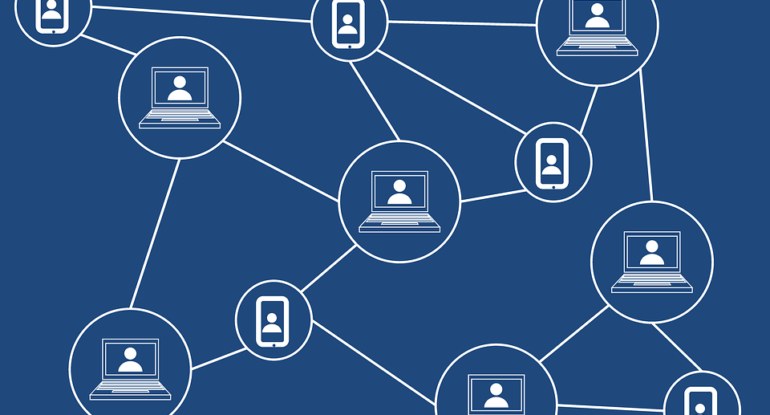Interoperability: A Relevant Catalyst to Blockchain Success

The very essence of blockchain is partly because of its ability to eliminate the need for intermediaries in effecting transactions. Due to the decentralized nature it brings, the framework for centralized control can be totally avoided whilst also providing transparency and security.
Besides Bitcoin and Ethereum which have become the most popular blockchain platforms, other blockchain projects have also created and are creating their own public chains, developing their own system of operations along with tokens. There are currently over 1900 cryptocurrencies in operation globally with several of these being traded in different exchanges.
Most blockchain projects are based on the Bitcoin and Ethereum ERC20 token standard with Ethereum being more adopted due to the massive popularity it has gained over the years. This is largely owing to the platform’s capacity to provide smart contracts and also create framework for decentralized applications, making the process easier for developers. Most exchanges adopted Ethereum thus, blockchain projects build based on the ERC20 standard to make it easier to trade.
Consequently, Ethereum mostly grew to become the standard as nearly all projects developed based on the ERC20 token standard amassing over 80% of the tokens in the marketplace. However, developers are made to learn the Solidity programming language for Ethereum which is quite an uphill task and would limit the usage of the platform to only those who have computer programming skills or have resource for it.
Where Interoperability Becomes An Issue
Blockchain in essence is supposed to create decentralized platform where transactions can be carried out transparently and securely. This we have seen already in effect with several transactions already being carried out on the blockchain.
However, despite most blockchain projects being built based on ERC20 token standard, it’s still quite difficult for different projects to interact with one another even whilst on the same blockchain platform. Ideally, users should be able to interact, transact and communicate on the blockchain or across different blockchains without barriers but this is not the current case. For instance, users using the Digital Identity with Civic are not able to connect with OmiseGo’s interface despite both tokens being Ethereum based.
For blockchain to be truly effective and live up to what it portrays and promises, there has to be a way to link several chains without barriers. However, currently, tokens on the same public chains find it difficult to interact with one another. Tokens based on different public chains prove to be even more difficult to interact as users will have to register different accounts on each chain which is quite hectic.
Also, users who might feel the need to swap to another public chain for various reasons like security, ease of transactions and many others, might find it difficult to do so due to the hectic barriers involved in interacting with other change.
A bridge is essential to create the universal ecosystem where users across all different ecosystems on the blockchain can easily interact, swap and communicate without barriers. A number of blockchain projects have embarked on creating this bridge in different ways like Aion is already providing a platform for easy token swap for Aion coins. Ark also aims at creating an ecosystem that links various chains for proper interoperability.
Another vivid example is Metaverse, a Chinese public chain. The chain recently introduced its cross-chain token swap which allows tokens based on one public chain to swap into a different token based on another distinct public chain. In simpler words, a token based on Ethereum ERC can be easily swapped into a token based on Metaverse MST. Metaverse does not just provide interoperability, the chain also promises security considering Ethereum has encountered significant attacks due to its layering process. Metaverse addresses this by employing a different programming layer which protects assets and identities of users and has a system in place to check potential attacks. Metaverse has been providing Digital Identities and Digital Assets framework on the blockchain to users, whilst ensuring minimum complexities in using the platform. Users will not need to learn the Solidity programming language unlike in Ethereum, making it easier for businesses with not programming background to make use of the blockchain platform.
As the knowledge and expertise in blockchain grows globally, it is paramount that an ecosystem is created that links all in the decentralized world with no barriers. It certainly is of no good when there are barriers to interaction even with similar projects on similar chains. Once this existing gap is filled as aforementioned projects are already ensuring it, the adoption of blockchain globally will become truly effective.
Add a comment
You must be logged in to post a comment.




























































